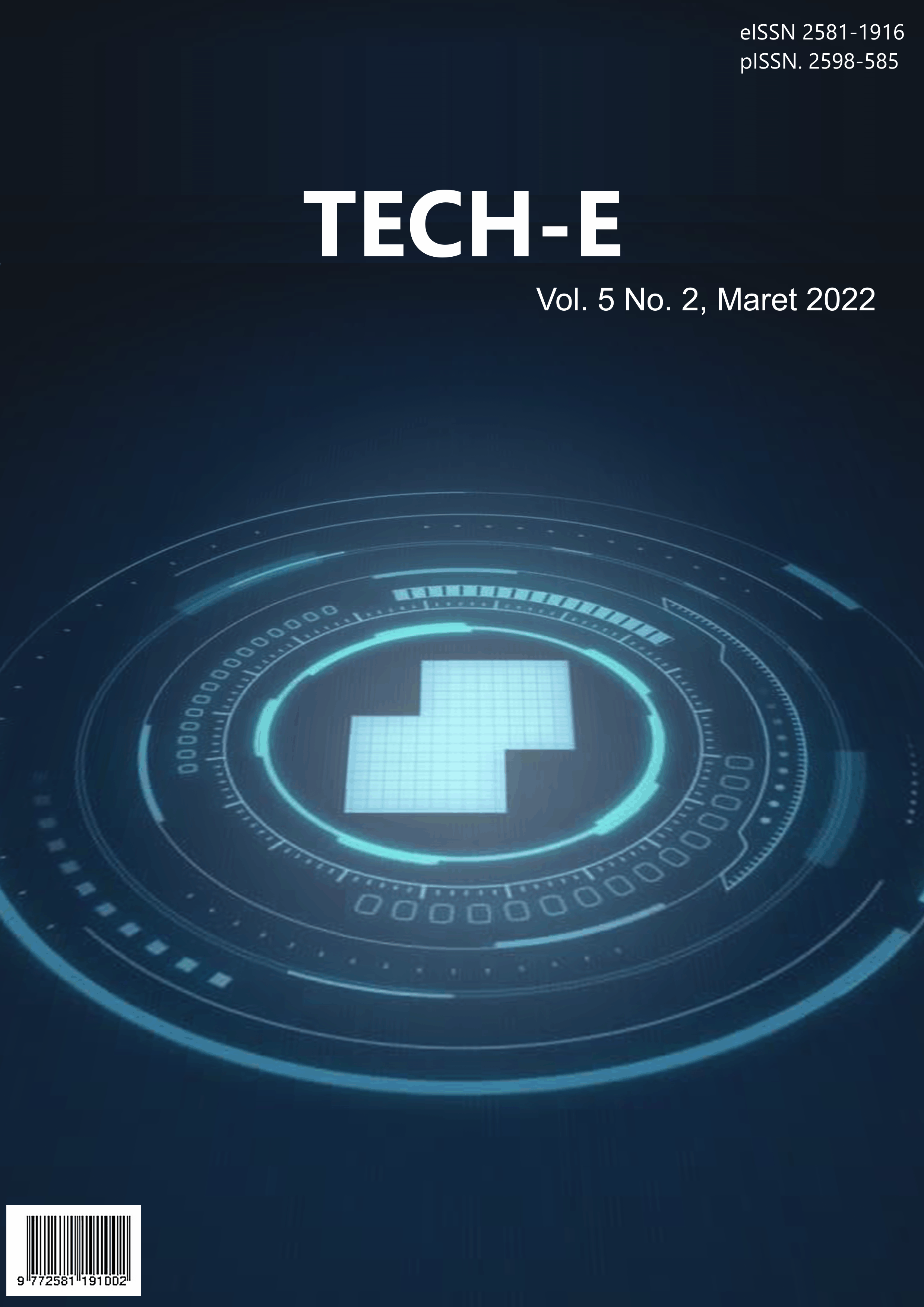Comparison of Seven Machine Learning Algorithms in the Classification of Public Opinion
Main Article Content
Abstract
Sentiment analysis is one way that is widely used to identify the beginning of public opinion in various fields of life which are associated with very massive and a lot of information through social media. This study aims to compare several algorithms in machine learning to see the best ability in sentiment classification. The research dataset uses a dataset of public opinion related to tourism in Indonesia. The number of datasets used is 10,228 twitter data that have been cleaned and labelled. The machine learning algorithm used is Logistic Regression, KNN, AdaBoost, Decision Tree, SVM, Random Forest and Gaussian. The seven algorithms for sentiment classification from the Twitter public opinion each produce a Gaussian accuracy of 0.52; SVM 0.78; KNN 0.98; Logistic Regression, Random Forest, Decision Tree, AdaBoost of 0.99. This study shows that the selection of the right machine learning algorithm will have a very good impact on the classification of public opinion through social media
Downloads
Article Details
The Authors submitting a manuscript do so on the understanding that if accepted for publication, copyright of the article shall be assigned to journal Tech-E, Universitas Buddhi Dharma as publisher of the journal.
Copyright encompasses exclusive rights to reproduce and deliver the article in all form and media, including reprints, photographs, microfilms and any other similar reproductions, as well as translations. The reproduction of any part of this journal, its storage in databases and its transmission by any form or media, such as electronic, electrostatic and mechanical copies, photocopies, recordings, magnetic media, etc. , will be allowed only with a written permission from journal Tech-E.
journal Tech-E, the Editors and the Advisory Editorial Board make every effort to ensure that no wrong or misleading data, opinions or statements be published in the journal. In any way, the contents of the articles and advertisements published in the journal Tech-E, Universitas Buddhi Dharma are sole and exclusive responsibility of their respective authors and advertisers.
 Abstract views: 486
/
Abstract views: 486
/  PDF downloads: 280
PDF downloads: 280

